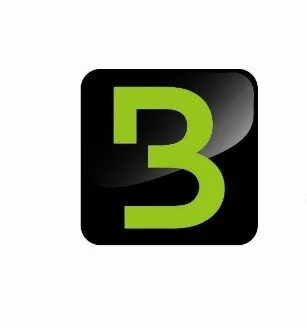Engineering Design & Project Management
Our Engineers work closely with all project team members and suppliers to ensure that the design and installation of your manufacturing facilities and equipment will be in accordance with Good Engineering Practice (GEP) and operate compliantly at the highest levels of efficiency and reliability:
Facility Design and Layout
Coordinate conceptual and detailed designs by architects/designers according to masterplan that maximises space utilisation and workflow efficiency in a GMP compliant manner.
Cleanrooms – designed to meet specified environmental control classifications (temperature, humidity, pressure differentials and particulate levels).
HVAC systems – designed to maintain environmental requirements for heating, ventilation and air conditioning.
QC Laboratories, Warehousing and Ancillary Areas – designed to comply with standards and GMP.
Utilities and Infrastructure – design of essential utility systems, e.g., purified water, clean steam and compressed air.
Project Management and Integration
Coordinate project specialists, suppliers and construction teams to ensure integration of design elements.
Manage timelines and budget for on time delivery within cost constraints.
Support external supplier certification audits.
Process Design and Optimisation
Develop Process Flow Diagrams (PFDs) and Piping & Instrumentation Diagrams (P&IDs) outlining production processes, equipment, piping and control systems.
Conduct process optimisation studies for efficiency, yield and cost-effectiveness.
Select appropriate equipment based on process requirements, capacity and efficiency.
Automation and Control Systems
Ensure process control systems are compliant with data integrity and security requirements, e.g., 21 CFR Part 11.





